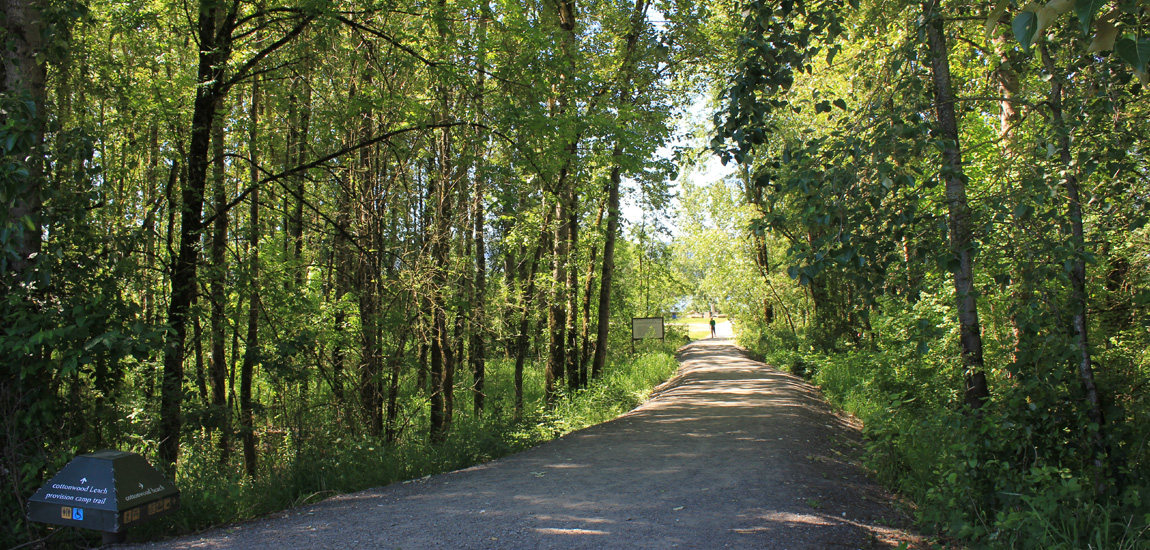Approaching The Goal
The Corps of Discovery passed through this area twice- once, in November 1805, their trek to the Pacific Ocean, and again, in April 1806, on the return trip. Though they would eventually spend almost a week here, exploring the area and gathering provisions, their downstream passage was hurried, with relatively few stops. The rush was understandable: day after day, the evidence grew that they were approaching a long-sought Pacific.
November 2, 1805
Somewhere in the vicinity of Cottonwood Beach, William Clark made the following journal entry: “The ebb tide rose here about 9 inches, the flood tide must rise here much higher.” For days now other clues had been accumulating: known coastal birds such as Steller’s jays in the forests and seabirds winging over the Columbia, coastal-style Native canoes plying the river, and European trade goods of the sort carried by oceangoing ships.”
With each new discovery, the excitement among the men grew. For over a year, they had hauled themselves and hundreds of pounds of gear across more than 1,500 miles of wild, rugged terrain— all for a glimpse of the Pacific. Though the broad estuary of the Columbia would make getting there more difficult than they anticipated, that goal was finally in sight.


